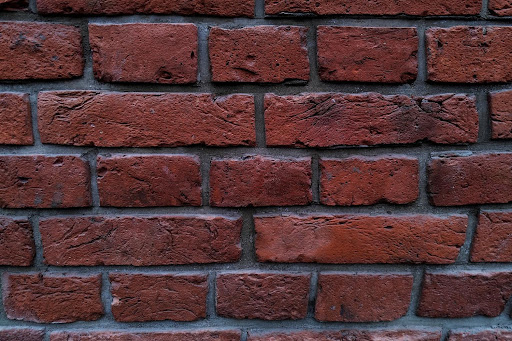Are you making a home improvement project that requires nails?
One of the most important tools you need if you’re performing any kind of construction work is a hammer. A hammer is a very versatile tool that can help you perform many types of jobs, such as removing paint or hanging a TV on the wall.
For this reason, it’s crucial to learn about the different types of nails and the jobs they can perform.
Let’s begin.
Common Nails
They are made from steel and feature tapered shafts. The heads of common nails have a slightly domed shape, providing better surface contact and holding power in wood. The tapered shafts allow for easy insertion, and the head design keeps the nail from slipping.
Common nails are suitable for a variety of construction and joinery applications and are ideal for fastening wood parts together. It can also be used for attaching gypsum boards or fibers, asphalt roof shingles or siding, window and door jamb, and trim components.
Box Nails
The head of the nail is a rectangular shape, with a wider end and a small point at the other end. Using nails is lightweight and is perfect for thin materials such as plywood. The precision of the rectangular head allows it to fit into the nail cut-outs in plywood with ease.
They are ideal for plywood projects as they won’t split the thin layers of the material. Another great use of these is for finishing carpentry trim and the construction nails of outside shutters. The points of nails are made for easier insertion into the wood and allow for exact placement. Follow this link to choose the one that best fits your needs.
Brad Nails
These nails have a very thin gauge and can be used with a variety of materials, including wood, plastic, and paper. Brad’s nails are thinner than most other types of nails, and the heads are often small and recessed, allowing them to be less visible than other nail types.
They come in a variety of sizes, with the larger sizes being more suitable for heavier tasks. These are typically used when attaching thinner materials that don’t require heavy-duty nails. They’re also common for use in trim, paneling, and lightweight molding.
Drywall Nails
Drywall nails, also referred to as drywall screws, are a commonly used type of fastener and fixing within the building industry. They are characterized by their blunt end and relatively large head diameter and are most commonly used with plasterboard and drywall sheets, as well as in lath and plaster applications.
Drywall nails tend to have a finely coiled shank, which helps them tightly bind the plasterboard without pull-back or tear-out and provide greater tensile strength than traditional nails. Installation of drywall nails requires a power tool with a countersunk head, such as an electric drill. These are great tools for anyone looking to quickly fix drywall applications in a professional, safe, and effective manner.
Choose the Right Types Of Nails For Strength
Overall, nails come in many different types and materials, each suited to different projects. Whether you need strength and durability, or lightweight and corrosion-resistance, be sure to find the right type of nail for your project. Try out any of these types of nails, and you’ll find each has its own benefits and will make any work easier.
So don’t wait – start using these different types of nails today!
Are you looking for more helpful home improvement tips like this? If so, you’re in the right place! Keep reading our blog to learn more.





